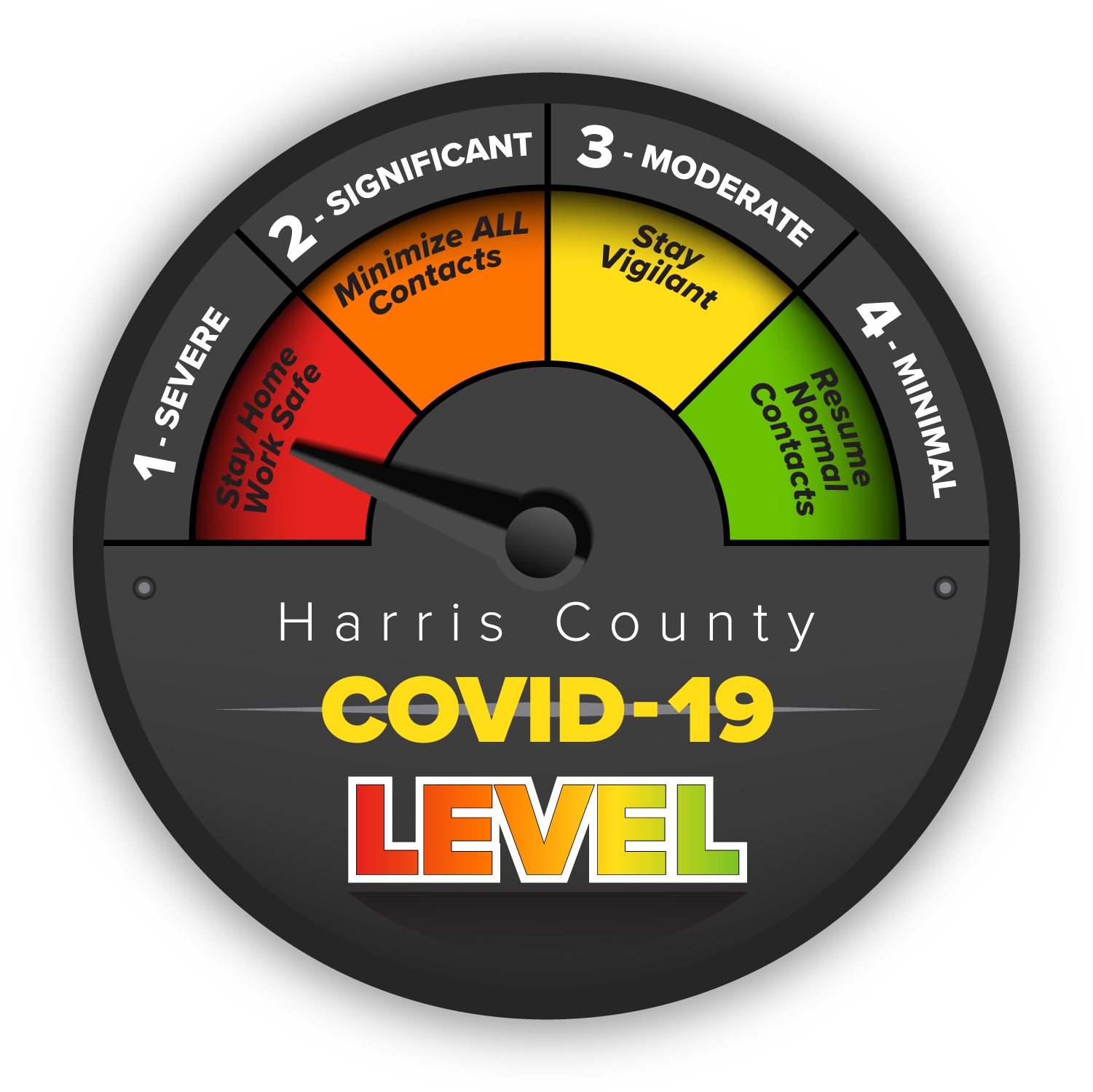COVID-19 is surging across southeast Texas, especially in the suburban counties outside of Houston, which have seen a steady increase in the number of new cases, data show. Galveston, Chambers, Brazoria, Liberty, and Montgomery counties have all had higher COVID-19 cases per capita than at any point during the pandemic. Chambers County leads the region with 463 virus cases per 10,000 residents, followed by Galveston County with 433 cases per capita, according to data compiled by the Houston Chronicle.
Experts say the latest spike is driven by a combination of factors — public fatigue from basic COVID-19 restrictions such as mask wearing and social distancing, but also more family gatherings in households and larger groups in bars and restaurants. While case counts are consistently much higher than they were in previous weeks and months, they have yet to equal the peak seen during the summer.
Yet the virus’s resurgence in places like Galveston County has put business owners like Railean on edge, owing to an executive order from Gov. Greg Abbott that could trigger new restrictions — including the complete closure of some bars — if regional virus hospitalizations exceed 15 percent of hospitals’ total bed capacity for seven consecutive days. At a time when thousands of restaurants — as many as 10,000 across the state, per the Texas Restaurant Association — have closed due to the COVID-19 pandemic, further closures could be catastrophic for the industry.
“It would be absolutely devastating to lose this holiday season, devastating to our businesses,” said Gina Spagnola, president of the Galveston Chamber of Commerce.
The Texas Department of State Health Services divides each of the state’s 254 counties into 22 “trauma service areas” which coordinate systems of emergency healthcare and preparedness for their respective regions. Galveston, Chambers, Brazoria, and Liberty Counties are part of a nine-county region trauma service area where COVID-19 hospitalizations have spiked significantly since early November. On Saturday, the region’s rate of hospital beds in use by covid-infected patients eclipsed the 15 percent mark for the first time before dipping back down to 13 percent by Tuesday.
After seven consecutive days above that 15 percent mark, per Abbott’s executive order, the state health agency would notify county judges in all nine counties of the following restrictions: hospitals must suspend elective surgeries; businesses including restaurants, retail stores, offices gyms, and museums would be limited to 50 percent capacity; and bars and other establishments with more than 51 percent alcohol sales must close.
I wish the Chron had included the comparable number for Harris County. I tried computing it myself based on the Chron’s coronavirus page and 2019 Census numbers I found on Wikipedia, but I got higher totals for Chambers and Galveston than what the story gives. The Harris County number I calculate by the same method was lower than those two, but I don’t know how to adjust them, so we’ll leave it at that. I could still probably make a moral comparison between Harris’s more strenuous effort to combat the virus and the more lax attitude of some neighbors, but I don’t know what that would accomplish at this point. The bulk of the blame for all this remains with Donald Trump, Greg Abbott, and the Senate for not passing further COVID relief, which among other things might have helped all these businesses to survive without being open. We can’t wind the clock back and make Trump take COVID seriously, but we could still do the stimulus. Greg Abbott could still tell our Senators to demand that the Senate pass something that would help our state and our businesses. I’m going to keep saying that, every time. On so many levels, it didn’t have to be like this.


Is it notable that Fort Bend isn’t on that list?
I think Fort Bend’s only been a step or two behind Harris in measures to slow spread of the disease, and the percentage of its population comprised of entitled white people is smaller than that of the other counties.